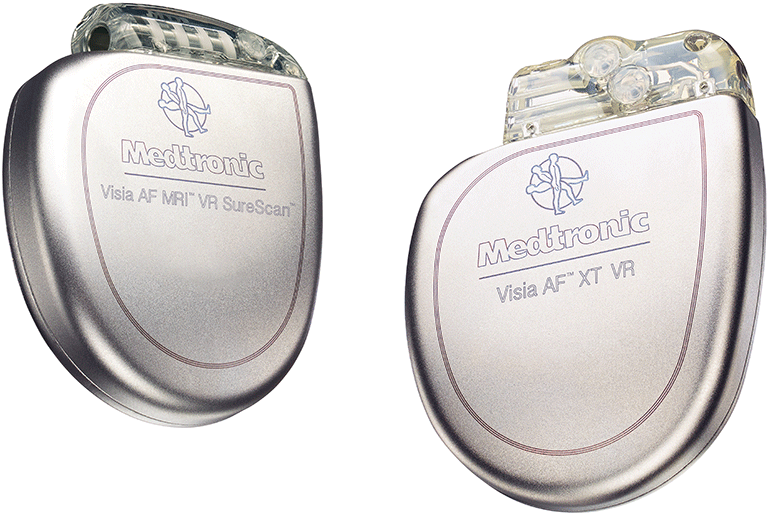Longevity of ICD?

Does device longevity of ICD/CRT-D differ among manufacturers?
What factors might be associated with the need to replace ICD devices?
The longevity of ICD/CRT-D defibrillators is extremely important from both a clinical and economic perspective.
As published in the Journal of Cardiovascular Electrophysiology, multi-specialist scientists studied the reasons for device replacement, the longevity of removed ICD, and the existence of possible factors associated with shorter service life.
From March 2013 to May 2015, a total of 1,012 consecutive patients underwent replacement or upgrade of a previously implanted ICD or CRT-D at the 36 study centers.
Analysis of ICD replacement procedures showed that the median longevity of the devices removed was about 6 years for single- or dual-chamber ICD and 5 years for CRT-D. The most frequent reason for device replacement was battery depletion, and the main factors associated with replacement were the percentage of ventricular pacing (all devices) and the output of left ventricular pacing (CRT-D). Moreover, differences in longevity emerged among systems from different device manufacturers.
In summary, the results showed that in current clinical practice the service life and longetivity of ICD/CRT-D systems ranged from 5 to 7 years and that of CRT-D from 4 to 6 years. According to Boriani et al., who recently determined the cost-impact of extending defibrillator longevity in various clinical scenarios, an increase in device longevity of about 2 years would yield a relative saving of about 20% over a 15-year time horizon, owing to the avoidance of ICD generator replacements. Nevertheless, the values reported in the present study are in the range considered acceptable by researchers who have investigated whether the clinical benefits of ICD or CRT-D are economically viable and can be achieved at a reasonable cost.

